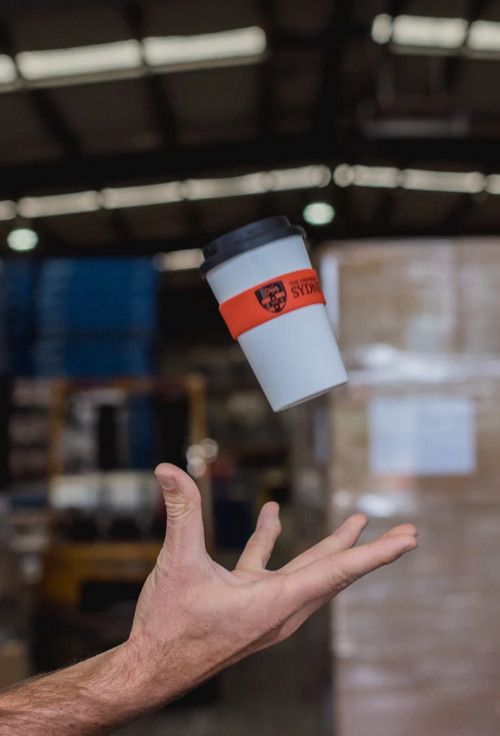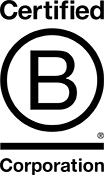Suppose sustainability is something you feel passionate about. How can you drive change in your business and become an advocate for sustainability that becomes embedded in your company’s culture?
As the saying goes, no man is an island. Yet, less than 5 per cent of companies do a good job of providing financial incentives or career opportunities for sustainability performance — so people may not see the pursuit of sustainability as a way to a build their career.
If you want to drive sustainability, then you need to engage employees. Here’s how you can make it happen.
Think big like Starbucks — and make your steps small
When you next enjoy your flat white, consider that this is one business who think big when it comes to sustainability yet make the steps small.
Starbucks identified key areas that could make the most considerable impacts with a deadline of 2030 in every area from expanding plant-based and environmentally friendly items to reusable packaging and investments in areas like water conservation and reforestation practices. However, at the same time, they invested in ways to make tangible changes at every store, during every shift.
They were aware that to make changes realistic and achievable, you need to engage employees personally. The small modifications do stack up. There is little point in reforestation if thousands of individual stores are producing unnecessary waste each day.

One of the best ways of engaging employees is by tracking data and reporting meaningful and relevant indicators. Whilst your grander plans might include changes to food sourcing and development of alternative packaging — how can this relate to your worker on the store floor? One of the best ways to ensure that you are offering sustainability-related performance indicators is tying them to individual incentives.
MillerCoors tracks and quantifies progress in ten areas, including water, energy, packaging, and human rights. Using its sustainability assessment matrix and companies using the Orderly Scorecard can give employees an overall score and areas they can change (driven from AI) that make sustainability second nature.
By removing barriers such as a lack of awareness of how to help or how small steps could impact the bigger picture, employees soon adapt and even enjoy the process.
One inspiring example was workers at PG tips who noted that by reducing each tea bag’s end seals by 3 millimetres, they would save 15 huge reels of paper every shift, making savings of €47,500 and 9.3 tonnes of paper.
Build sustainability into your job descriptions
Employees have a desire to please yet too often, profit is the driver behind their actions. This can lead to sustainability being seen as ‘someone else’s problem’. One solution is to ensure that sustainability is a crucial metric for success from the off by integrating it into job descriptions and the recruitment process.
As engagement in an environmental performance objective will be greater when organizational values explicitly emphasize sustain
If sustainability performance is expected, as well as rewarded and recognised (and there is consistency between what the company says about its values in its mission statement and what it practices), it will naturally improve.
Sustainability champions may be a thing of the past as every employee is selected and hired on their abilities to drive sustainability and to lead others to do the same.
Interestingly, research indicates that employees respond well to understanding that there is a financial reason for sustainability.
In the paper ‘Employees and sustainability: the role of incentives’ the conclusion was drawn that engagement in an environmental performance objective will be greater when organizational values explicitly emphasize sustainability — yet preference for the environmental objective was significantly higher when the environmental project offered complimentary benefits for financial objectives.
In other words, showing your reasoning for pursuing sustainability is a key way to get buy-in. Show employees that not only is this an ethical decision but a monetary one, with long term gains for the company.
A sound basis would be to include a statement that provides tangible examples, as well as ensuring that the reasons are also explained in the interview.


Create employee incentives to kickstart change
We’ve spoken a little of rewards and recognition, but an incentive is also an excellent way to kickstart sustainability changes. The concept of incentives has long been used by both the public and private sectors to encourage behaviour change among targeted audiences.
By using scorecards and tracking things like wastage, you can create a healthy competition. The considerable benefit of targeting incentives around sustainability is that it skips some of the more worrying sides of incentivising performance in areas like sales or productivity, leading to harmful, self-serving behaviours or unfair comparisons between people rewarded.
The benefit of targeting individuals or teams on improving sustainability in the business is that any changes, however, small and incremental are all improvements. Simultaneously, it builds business awareness, cements your business commitment to sustainability beyond words and shows employees the ‘how’ steps they can take.
In explicit organizational values for sustainability; and the environmental performance objective’s complementarity with (i.e. added benefit for) invented financial objectives.
Much success has been seen in incentives such as ‘green commute’ incentive programmes, where commuting by a mode other than driving solo earns a monthly cash reward. When Intel ran an incentive, they saw emissions go down by 35%.
The value of the incentive itself is up to you. Simply having any incentive at all provides a positive message to employees that speak to the company’s commitment to the importance of sustainability measures.
What may be helpful is research from Nemetz and Hankey who identified nine common elements essential to successful programmes and four reasons for program failure, listed as follows:
Success
- Ease of participation
- Significant monetary incentives
- Extensive information diffusion
- Consultation and participation of industry and community leaders
- Ease of enforcement
- High coverage and impact
- Need for mandatory elements
- Need for follow-up monitoring
- Need for quality control
Failure
- Inadequate monetary incentives
- Inadequate prior consultation
- Poor information dissemination
- Poor targeting of program
Whilst not all of these will be relevant for you, this may spark some ideas on potential pitfalls as you release your incentive programme.
Conclusion
If you have strategic sustainability goals, then the recommended actions of combining a blend of incentives, instruction and hard data means you are likely to increase adoption of green practices and make sustainability more visible in your business, which will have a long term effect of more engagement in the years to come.
If you would like to discuss ways in which supply chain technology can help you along your journey, speak to us today.







